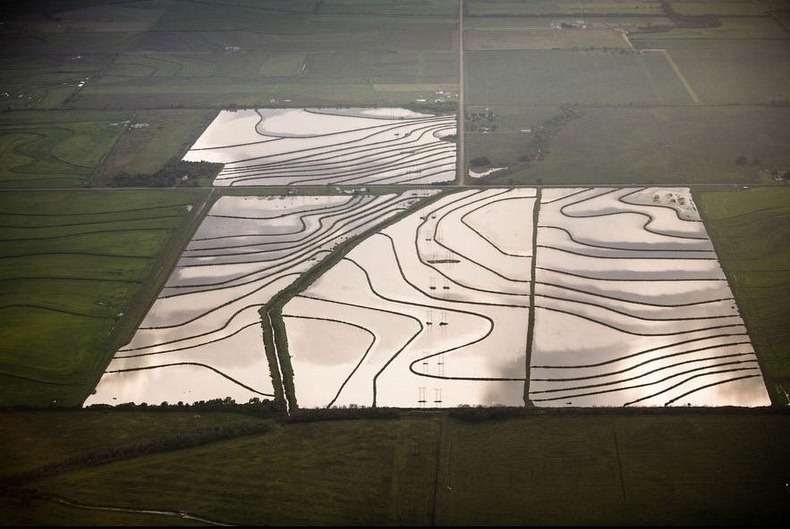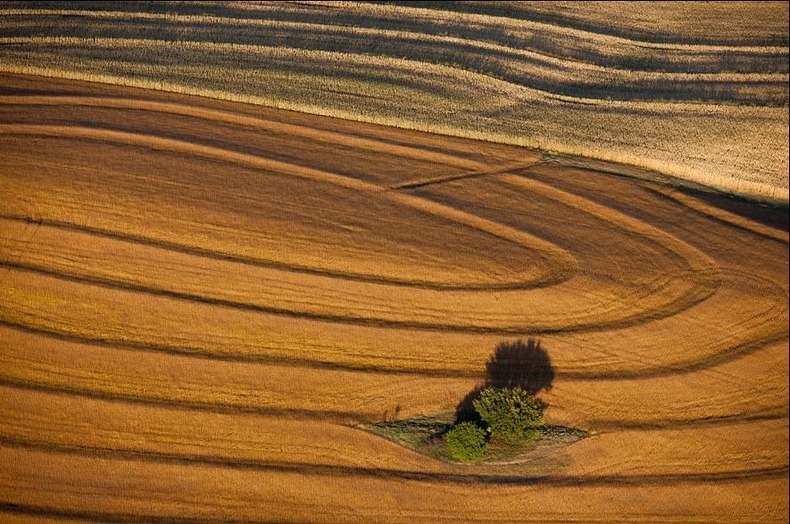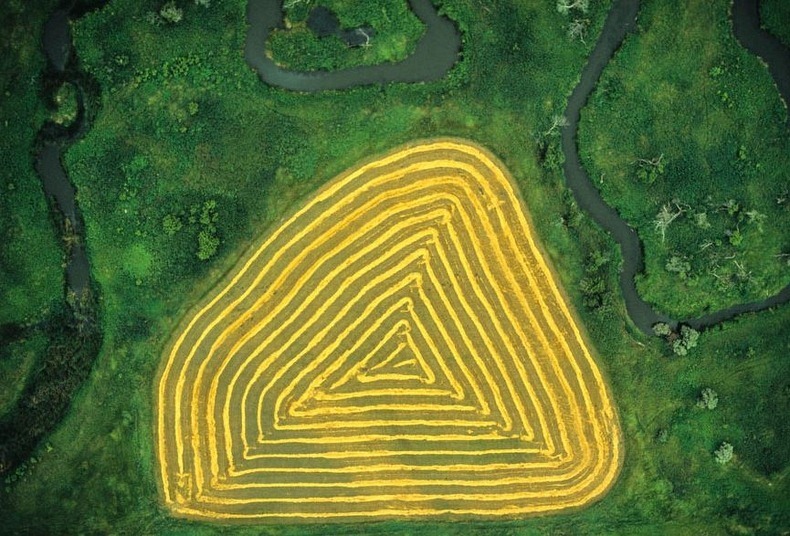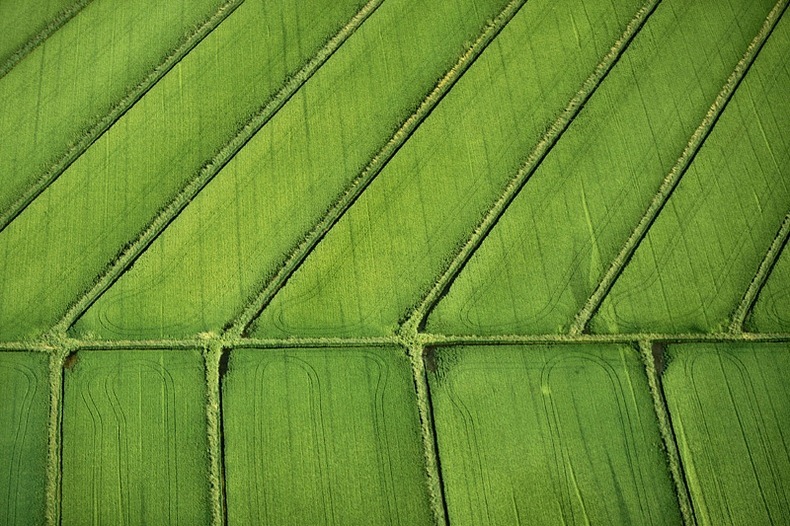Awesome Aerial Photographer By Alex MacLean

This is one of the best aerial photography on my blog by talented aerial photographer Alex MacLean who is based in Lincoln.MacLean estimates he has spent about 6,000 hours in the sky photographing American farms.
Cut flower fields Carlsbad, California in 1989.
Awesome Aerial Photographer By Alex MacLean

Over-plowing in German Valley, Illinois in 1988.
Awesome Aerial Photographer By Alex MacLean

Large desert center pivot irrigation system in Eloy, Arizona, in 2004.
Awesome Aerial Photographer By Alex MacLean

Tilling tracks in Snowville, Utah, in 2005.
Awesome Aerial Photographer By Alex MacLean

Hay bales surrounded by tilled circles in Washington County in 2005.
Awesome Aerial Photographer By Alex MacLean

A cranberry bog, ditches and strips in Southeastern Massachusetts in 2006.
Awesome Aerial Photographer By Alex MacLean

Cross-tilling of a field in Monon, Indiana, in 2007.
Awesome Aerial Photographer By Alex MacLean

Wastewater form a phosphate strip mine in Parrish, Florida, in 2007.
Awesome Aerial Photographer By Alex MacLean

A flooded rice field in Welsh, Louisiana, in 2007.
Awesome Aerial Photographer By Alex MacLean

A cross-tilling line in Loraine, Texas, in 2007.
Awesome Aerial Photographer By Alex MacLean

Dry land farming strips and low spots in Chugwater, Wyoming in 2008
Awesome Aerial Photographer By Alex MacLean

Winter apple orchard in Clinton, Massachusetts, in 1977.
Awesome Aerial Photographer By Alex MacLean

Converging field berms in Springfield, Nebraska, in 2011.
Awesome Aerial Photographer By Alex MacLean

Field berms following the contour of the land in Springfield, Nebraska, in 2011.
Awesome Aerial Photographer By Alex MacLean

Rings of shaft in Castleton, North Dakota in 1991.
Awesome Aerial Photographer By Alex MacLean

Dryland Farming
Awesome Aerial Photographer By Alex MacLean

Hay Bales in A Cash Valley Field
Awesome Aerial Photographer By Alex MacLean

Rice Fields
Awesome Aerial Photographer By Alex MacLean

Stream Interrupts Harvest Pattern
via CNN


No comments:
Post a Comment
Note: only a member of this blog may post a comment.